How tall are the ice sheets?
Under Embargo!
This item is under embargo until 20 August 2014 15:00 CET/CEST.
Please do not distribute this link or report on this story before the embargo lifts.
The ice sheets, which cover the majority of Antarctica (at the very south of our planet) and Greenland (at the north), are made up of frozen snow (ice). Snow falls over the ice sheets and then flows to lower-altitude coastal areas, where it either melts or breaks off into the ocean as icebergs. German scientists have measured how tall the various parts of Antarctica and Greenland are to find out where there are icy mountains and where there are low-lying areas.
By bouncing powerful radar beams from a satellite, the German team created very detailed maps of how the height changes across the ice sheets. Their maps cover an area more than three times the size of the European Union, including an area the size of Spain not previously measured by satellite radar!
The researchers also wanted to know which parts of Greenland and Antarctica are growing bigger, and which are shrinking. Where they grow bigger, ice is getting thicker because more snow is falling there than melts or flows towards the coast. Where they shrink, they are losing ice as it melts into the atmosphere or away into the sea.
They studied changes in the ice sheets by measuring how height has changed from 2011 to 2014. They found that many parts of Greenland and Antarctica are losing height and shrinking, meaning the ice is melting away faster than new snow is collecting on the ice sheets. The scientists say the two ice sheets combined are losing 500 cubic kilometres of ice into the sea each year, roughly the water volume of Lake Erie in North America! This means that ice-sheet melting has contributed to sea level rise more than previously thought.
Luckily these new measurements and super-detailed height maps mean we can track how the ice sheets are growing and shrinking in much more detail than ever before.
Print version
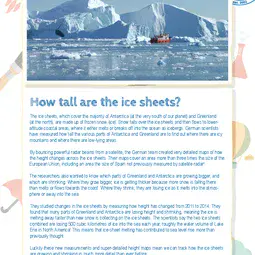
This is a kids' version of the EGU article: 'Highs and lows: height changes in the ice sheets mapped'. It was written by Laura Roberts and reviewed for scientific content by Daniel J. Hill and Timothy Lane, and for educational content by Abigail Morton.
Translations
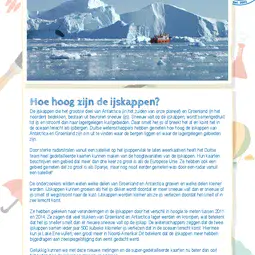
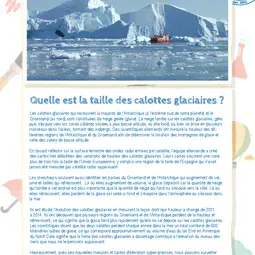
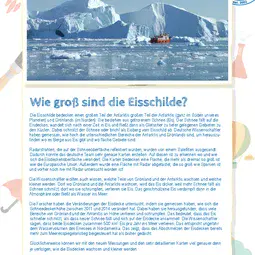
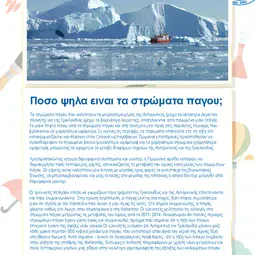
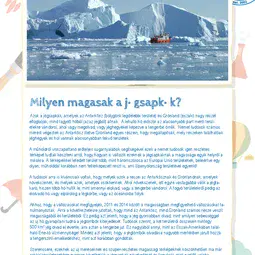
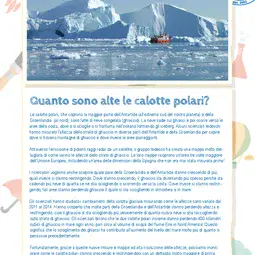
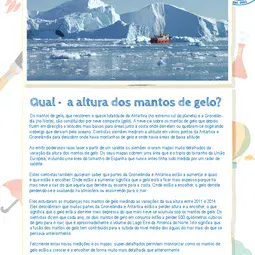
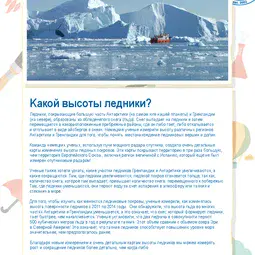
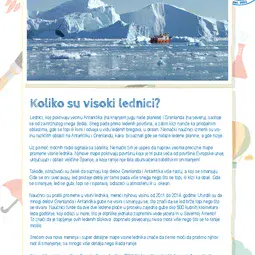
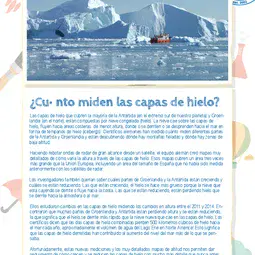
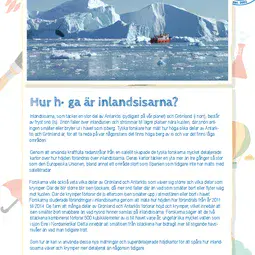
All English-language Planet Press releases are carefully edited, reviewed and proofed, by scientists, educators and EGU staff. Please note that once translated, Planet Press releases receive no further checks from EGU staff. For this reason, we cannot guarantee their accuracy, though we trust the quality of our voluntary translators and are grateful for their work.

